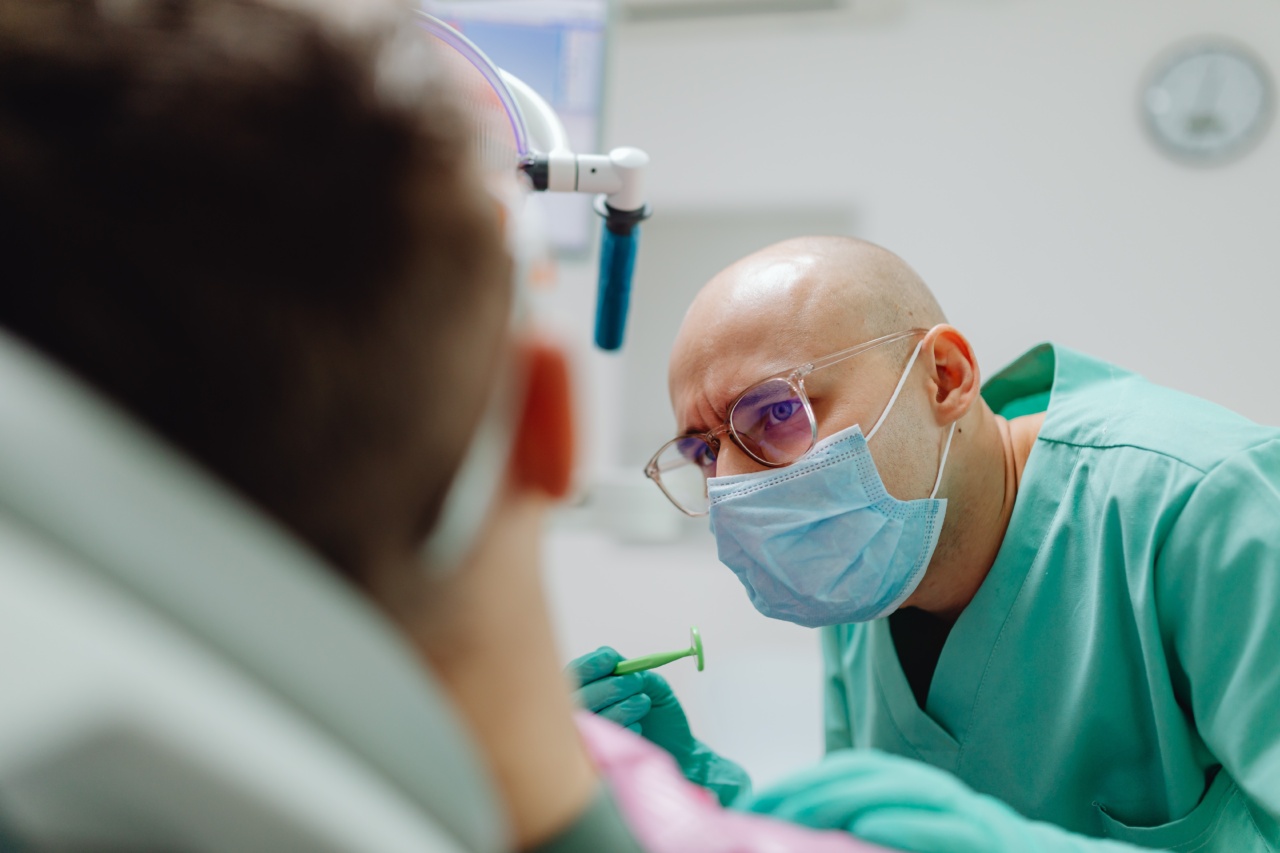Human papillomavirus (HPV) is the most common sexually transmitted infection globally. It is estimated that around 79 million Americans are currently infected with HPV, and around 14 million new infections occur every year.
HPV is usually asymptomatic, meaning that it often goes undetected until it causes visible symptoms such as genital warts or cervical cancer in women. In this article, we will discuss how urologists diagnose HPV in their patients.
What is HPV and how is it transmitted?
HPV is a group of more than 150 viruses, which can be classified as either low-risk or high-risk. Low-risk HPV types can cause genital warts, whereas high-risk types can lead to cancer of the cervix, anus, vulva, vagina, penis, or oropharynx.
HPV is transmitted through skin-to-skin contact during sexual activity. Condoms can reduce the risk of transmission, but they do not provide complete protection as HPV can infect areas that are not covered by a condom.
Who is at risk of HPV?
Anyone who is sexually active can become infected with HPV. However, certain factors can increase a person’s risk of contracting the virus, including:.
- Having multiple sexual partners
- Having unprotected sex
- Starting sexual activity at a young age
- Having a weakened immune system
How is HPV diagnosed in urological patients?
Urological patients are those who visit a urologist for diagnosis and treatment of conditions related to the urinary tract and male reproductive system. HPV can be diagnosed in urological patients through the following methods:.
1. Visual inspection
Visual inspection can be used to detect visible genital warts, which are caused by low-risk HPV types. However, not all HPV infections cause visible warts, and some high-risk types can cause lesions that are not easily visible.
2. Pap smear
A pap smear, also known as a cervical smear, is a screening test for cervical cancer that can also detect the presence of high-risk HPV types.
During a pap smear, a healthcare provider collects a sample of cells from the cervix and sends it to a laboratory for analysis. If abnormal cells are found, further testing may be necessary to determine if cancer or HPV is present.
3. HPV DNA testing
HPV DNA testing can be used to detect the presence of high-risk HPV types in both men and women. During an HPV DNA test, a healthcare provider collects a sample of cells from the affected area and sends it to a laboratory for analysis.
This test is more sensitive than a pap smear and can detect HPV even in the absence of visible lesions.
4. Biopsy
A biopsy is a procedure in which a small sample of tissue is removed from the affected area and sent to a laboratory for analysis. A biopsy may be necessary if visual inspection, pap smear, or HPV DNA testing do not provide a definitive diagnosis.
Conclusion
Diagnosing HPV in urological patients can be challenging, as the virus is often asymptomatic and can remain undetected for years.
However, visual inspection, pap smear, HPV DNA testing, and biopsy can be used to confirm the presence of HPV and guide treatment decisions.





























